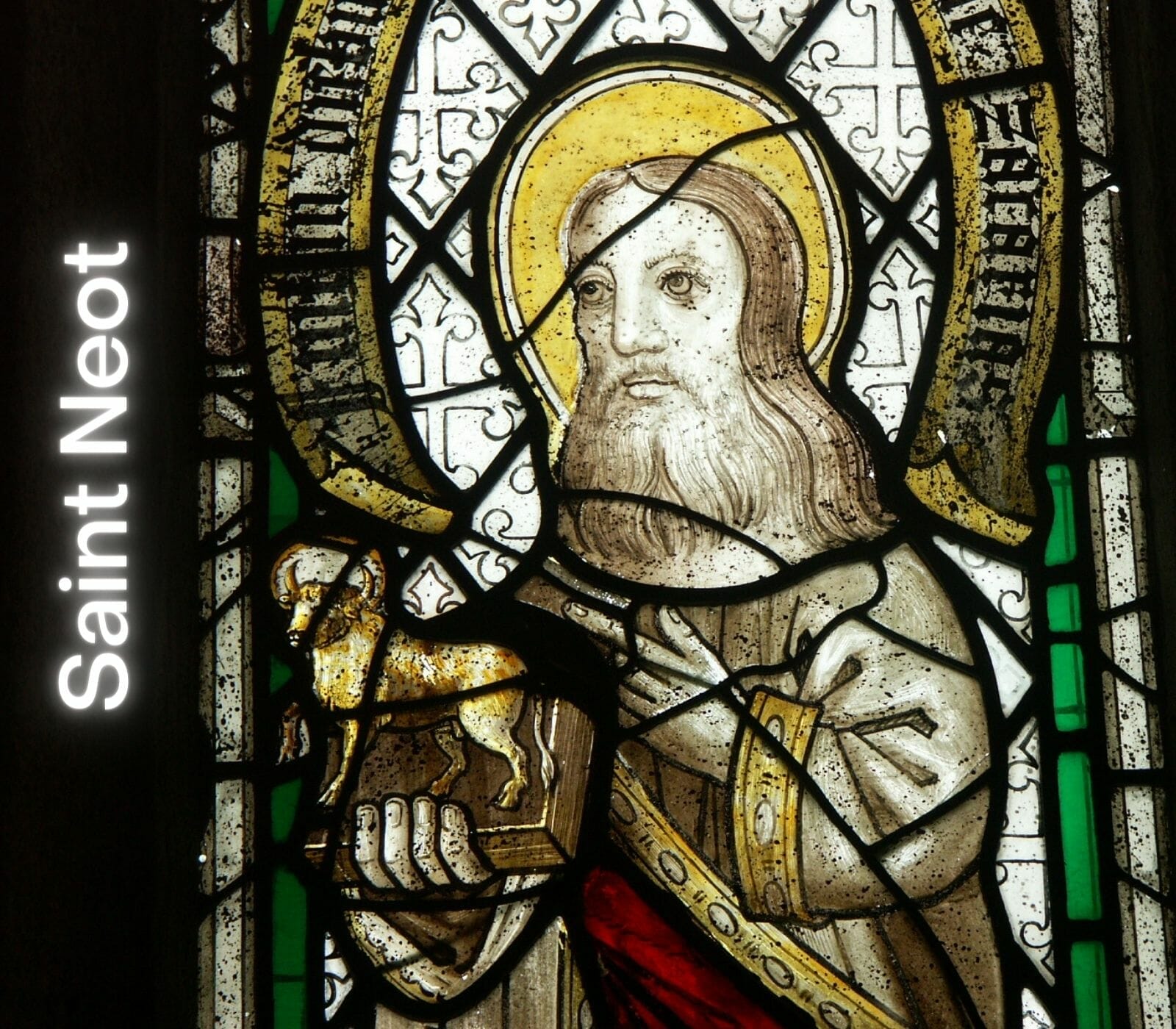Saint Neot: Patron Saint of Fish
Saint Neot was a four-foot-tall monk from Glastonbury, England, who died in 877. His Feast Day is celebrated on July 31.
Contemporary records of St. Neot’s life are limited, and in many cases, vague and self-ambiguous. Some surviving documents describe his life, and writers in the last few centuries have arrived at different conclusions from them. In early life, he was under pressure to become a soldier.
Still, when he was old enough, he devoted himself instead to religious life. Therefore, as a young man, he became a novice monk, living in Glastonbury Abbey, about the middle of the ninth century. He was extremely diligent.
The Miracle of the Fish
Saint Neot’s most famous miracle occurred in Cornwall, where Neot lived as a hermit, with Barius as his servant. God had placed three small fish in a pond nearby. Neot was a vegetarian, but he was told by an angel that he might take one fish daily to eat, but only one.
He did so every day, and in the following mornings, Neot found that there were still three fish: the fish that had been taken was restored.
Later, Saint Neot fell very ill. In despair, his servant Barius decided to take two fishes out of the pond and prepare them for Neot to eat.
He boiled one and broiled (grilled) the other. When he took the cooked fish to Neot, he was alarmed and anxiously inquired whence the two fishes came. Barius told his simple tale.
What hast thou done?” said the Hermit: “Lo! the favor of God, deserts us; go instantly and restore these fishes to their element.”
He did so, and as soon as the fish reached the water, they revived and began to swim about.
Meanwhile, Saint Neot prostrated himself in earnest prayer. Neot prayed for forgiveness till his servant returned with the intelligence that the fishes were disporting in the water as usual. Then, he again went to the well (continues this fabulous narrative).
He took only one fish, which the Hermit had no sooner tasted than he was restored to perfect health.
The monastery that Saint Neot had created declined after his death. It is likely that in the reign of William the Conqueror, the building was demolished entirely. No trace of it remains, nor is the location known.
You May Like To Read
Other Animal Miracles of Saint Neot





